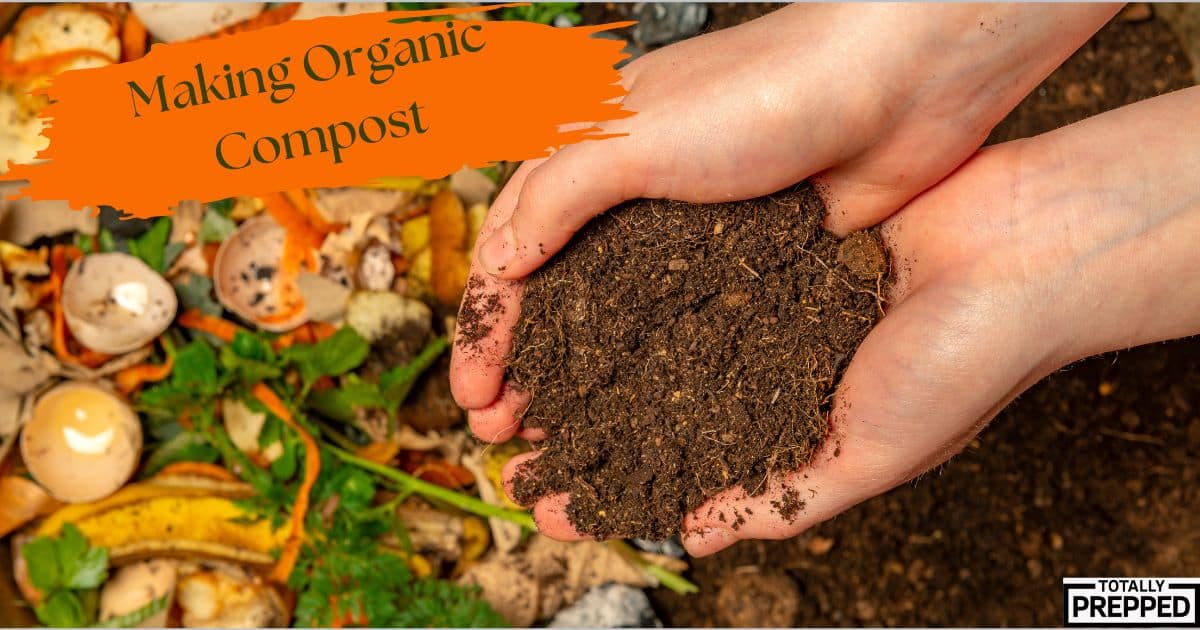Bushcraft knives are essential tools for anyone who enjoys the art of wilderness survival and outdoor adventure. They’re not only designed for cutting but are also crafted to handle a wide range of outdoor tasks such as carving wood, preparing food, or even building shelter. A bushcraft knife is characterized by its sturdy construction, a full tang, a comfortable grip, and a blade that is both sharp and resilient.
When it comes to choosing the best bushcraft knife, the material of the blade is a critical factor. Typically, high-carbon steel is preferred for its strength and ease of sharpening in the field. Stainless steel is another option, offering rust resistance, but it generally doesn’t hold an edge as well as carbon steel. The design of the handle is equally important, as it should fit comfortably in the hand for extended use and provide a secure grip in all weather conditions.
Weight and balance are also aspects to consider, as a bushcraft knife should feel like an extension of the user’s hand, allowing for precise control during use. The knife’s sheath should not be overlooked, as it protects the blade and provides safe storage when the knife is not in use. It ideally should be made of durable material like leather or Kydex and offer a secure fit.
We have dedicated hours to thoroughly examining various bushcraft knives, assessing them on blade quality, handle comfort, overall durability, and their effectiveness in performing typical bushcraft tasks. Our findings are intended to guide you to the best bushcraft knife to suit your needs in the wilderness.
Top Bushcraft Knives
We’ve thoroughly examined and compared a wide array of bushcraft knives to bring you a list of the best options available. Each knife has been evaluated for its durability, blade quality, handle comfort, and overall functionality in survival situations. Our selection ensures that, whether for carving, cutting, or crafting in the wild, you’ll find the ideal knife to meet your bushcraft needs.
| Budget Friendly |
If you’re an outdoor aficionado, the Morakniv Companion is a reliable choice that won’t let you down in the wilderness.
Pros
- Exceptional grip even in wet conditions
- Durable Sandvik stainless steel blade
- Lightweight and comes with a practical sheath
Cons
- Blade requires regular maintenance to avoid corrosion
- May not be suitable for heavy-duty batoning
- Limited finger guard might concern some users
Out in the wild, the right tools can make all the difference. That’s why we bring along the Morakniv Companion. This knife’s high-friction handle has never slipped from our grasp, even when we’ve been gutting fish by a murky riverbank or starting a fire during a drizzle.
As for the blade, it remains razor-sharp after numerous outings. It’s a cinch to handle all sorts of tasks—in from carving notches for snares to prepping meals at camp. Yet, no matter the blade’s quality, we’ve made it a habit to dry it thoroughly after use to keep rust at bay.
Convenience is another factor we can’t overlook with this tool. The accompanying sheath clips onto our belts effortlessly, keeping the knife accessible anytime we need it. The weight is just right, providing enough heft for a solid cut without weighing us down on those long treks. However, we do wish the finger guard was a bit more pronounced—for peace of mind when applying a lot of pressure.
Overall, we’re quite taken by the Morakniv Companion’s balance of functionality and portability. It’s an essential item in our gear list, proving time and again that it’s more than capable of facing the challenges the great outdoors throws at us.
We believe the BPS Knives Adventurer is a standout choice for bushcraft enthusiasts seeking a durable, high-quality knife that comes ready for adventure.
Pros
- Its razor-sharp right out of the box and boasts a full tang, scandi grind blade.
- The walnut handle not only adds a touch of class but also offers a steady grip, enhanced by Danish oil treatment for resistance to moisture.
- Comes with a robust leather sheath including a ferro rod for fire starting, which is highly convenient for outdoor pursuits.
Cons
- Despite the high carbon steel’s excellent edge retention, it can be prone to rusting if not maintained properly.
- The handle may feel slim for those who prefer a beefier grip for their bushcraft activities.
- Requires initial cleaning to remove the protective gun oil coating before use, which can be cumbersome for those eager to get started immediately.
When you’re out in the wilderness, a reliable knife can mean the difference between struggling and thriving. The BPS Knives Adventurer has been with us through thick and thin, easily taking on tasks from preparing kindling to crafting tools. The carbon steel blade maintains its edge admirably, even after repeated use, which is undoubtedly something we value in a bushcraft knife.
Holding the Adventurer feels like an extension of oneself; its balance is impeccable, turning intricate carving tasks into simple, enjoyable endeavors. The leather sheath it comes with isn’t just for looks either; its quality is akin to custom work you’d expect on far pricier models. Plus, the inclusion of a ferro rod means one less item on our packing list, which is always a plus.
After a day’s use, the Adventurer does ask for a bit of care, especially with that carbon steel blade that doesn’t take kindly to neglect. But a bit of oiling and a thorough wipe-down ensures it remains in peak condition for our next outing. So, for those who take their bushcraft seriously, this knife from BPS Knives offers a balance of finesse and ruggedness that’s hard to overlook.
We believe this knife is a solid pick for anyone in need of a reliable bushcraft companion due to its durable construction and thoughtful design.
Pros
- Exceptionally sharp and tough 1095 high carbon steel blade
- Ergonomic G10 handle ensures a steady grip in various conditions
- Secure carrying with a well-designed Kydex sheath
Cons
- The sheath may be a bit tight, requiring some break-in time
- Some users might prefer a lighter knife for long treks
- The all-black design can make the knife hard to spot if dropped
Having recently taken the Holtzman’s Gorilla Survival knife out for a spin in the woods, we were immediately struck by the heft and balance. The 4.0″ blade, when wielded, cut through both tinder and thicker branches with ease, making it a go-to for bushcraft tasks.
The handle’s smart design was apparent as it stayed comfortably in our grip throughout various applications, from carving notches for snares to prepping kindling for a fire. We appreciate how it reduces hand fatigue, which is crucial during prolonged use.
Storing the knife was a breeze with its Kydex sheath. It attaches to our belts securely, giving us quick access whenever needed. Not having to worry about losing our knife, especially in rugged terrain, added to our confidence. However, we did notice it takes a bit of effort to sheathe the knife initially, but we expect it to loosen slightly with more use.
| Editor's Choice |
If you’re seeking a reliable bushcraft knife, we believe the Morakniv Bushcraft Survival is a top contender for durability and utility in the wild.
Pros
- Exceptionally sharp and retains edge through heavy use
- Ergonomic handle ensures a firm grip in various conditions
- Firestarter and sharpener add enormous value for survival scenarios
Cons
- Carbon steel requires regular maintenance to prevent rust
- Sheath could be higher quality for rugged use
- Black coating might wear off over time with heavy use
The carbon steel blade, right out of the box, is razor-sharp—ideal for not only carving and feathering sticks but also prepping food at the campsite. We especially appreciated the blade’s thickness, which is a true test of any bushcraft knife’s resilience.
The handle felt like it was made for our hands—comfortable even when wet, with a pronounced finger guard that provided that extra bit of safety. Whether we were setting up camp or preparing kindling, the knife never slipped, ensuring efficient and safe usage every time.
Another standout feature was the integrated firestarter. Starting a fire is a breeze, even under damp conditions, thanks to the spark it produces. It’s a crucial addition, as we never know when we might need to rely solely on our knife for warmth and security. The diamond sharpener on the sheath ensured we could maintain a sharp edge even after repeated use, revealing the Morakniv’s dedication to utility and preparedness.
In conclusion, the Morakniv Bushcraft Survival knife was impressive through hikes, campfire cooking, and emergency situations. Fully experiencing its practicality and multifaceted features reinforces why it’s a top pick for bushcraft enthusiasts and outdoor adventurers alike.
Bushcraft Knife Buying Guide
When purchasing a bushcraft knife, it’s essential to consider several critical features that ensure the knife serves its purpose effectively. We will explore these attributes to help you make an informed decision.
Blade Material
The blade material significantly affects a knife’s performance. Look for high-carbon steel or stainless steel blades:
- High-carbon steel: Exceptionally sharp and durable; requires regular maintenance to prevent rust.
- Stainless steel: Resistant to rust; may not hold an edge as well as high-carbon steel.
Blade Design
The shape and thickness of the blade determine its usefulness in various tasks:
- Straight edge: Ideal for carving and precise cuts.
- Full-tang design: Offers better durability and strength since the blade extends through the handle.
Handle Comfort
The handle should provide comfort and a secure grip, even in wet conditions. Consider the following handle materials:
- Synthetic materials: Offer durability and grip in various weather conditions.
- Natural materials: Might offer aesthetic appeal but can require more maintenance.
Size and Weight
A well-balanced knife should feel comfortable in hand and be sized appropriately for the tasks at hand. Typically, a bushcraft knife with a blade length of 3.5 to 6 inches offers a good balance for different tasks.
Price Range
Establish a budget but remember that quality is key in a bushcraft knife. Higher prices often reflect superior craftsmanship and materials.
By taking these features into account, we can select a bushcraft knife that is tailored to our needs and will withstand the demands of outdoor activities.


